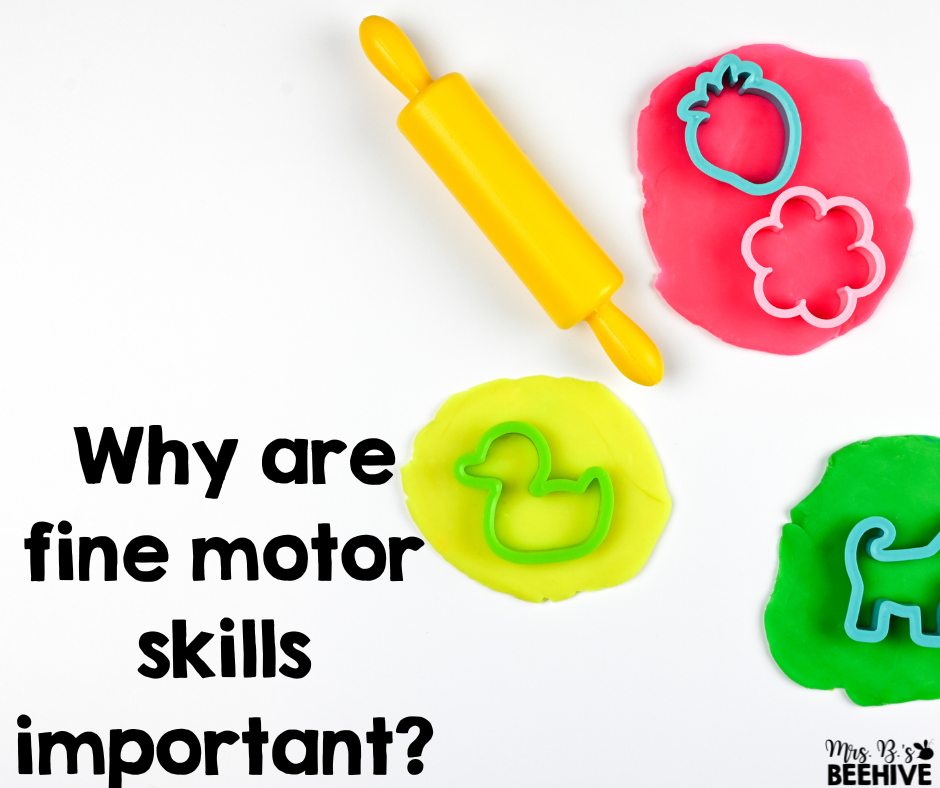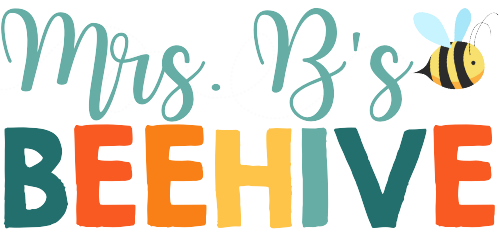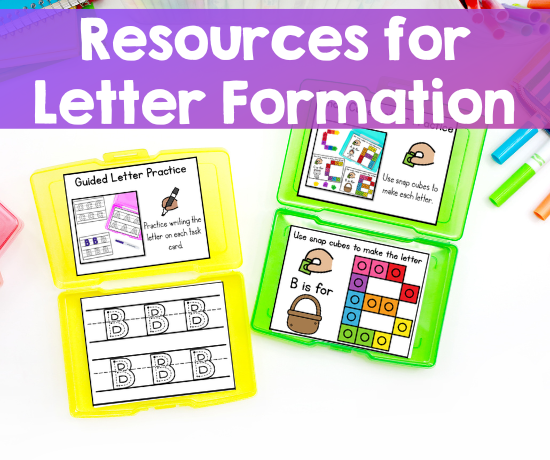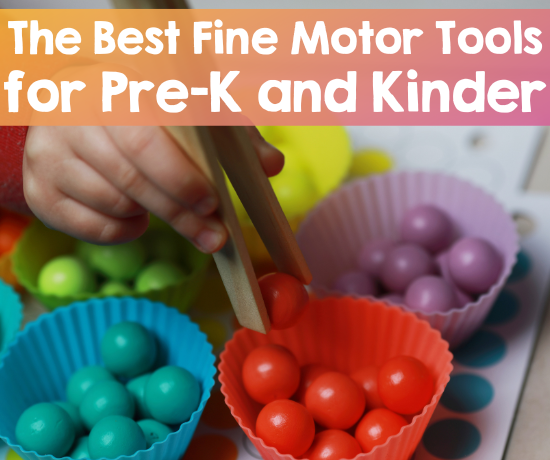Do you want to provide your students with engaging fine motor activities that also build knowledge in academic subjects? Good news – it’s possible! With the right strategies and materials, you can create experiential lessons for your students that will not only develop their physical skills but also add meaningful learning into your classroom. In this blog post, we will explore some of the best ways to target fine motor development as well as help your students improve academically—all while having fun!

The Importance of Fine Motor Skills
Fine motor skills are essential to a child’s development and everyday life. They are the abilities that allow us to fine-tune our movements, including picking up small objects, writing with a pencil, or stacking blocks.
Fine motor activities such as coloring and stringing beads can help children strengthen the muscles in their hands and fingers while also allowing them to practice fine motor coordination.
Additionally, fine motor skills can also increase problem-solving capabilities from a young age by improving concentration and dexterity. As a result of fine motor skill development, children have an easier time controlling their movements for more precise tasks as they get older. In all, fine motor activities are an important part of any child’s development!
Ideally, these skills are learned in preschool and students come to kindergarten with strong motor skills. In actuality, many students still struggle with these skills and it’s important to incorporate strengthening activities into everyday school work.

Easy Tools to Build Fine Motor Skills
Developing and strengthening fine motor skills is an important milestone in a student’s early development. One of the best ways to help students build strength appropriately is through targeted activities that use targeted tools such as play dough, squeezy balls, and writing implements.
Playing with playdough improves dexterity and helps strengthen the muscles in the fingertips and hands – making it perfect for developing pinching and gripping skills. Squeezing and releasing squeezy balls encourages learners to control their movements which allows them to get better control over crafting with writing implements like pencils, crayons, and markers.
With a little practice every day, these tools will both improve coordination for early learning tasks as well as create positive associations with using their hands to learn something new. Check out a previous blog post I wrote about my favorite fine motor tools for the classroom.

Activities that Combine Fine Motor and Academic Skills
Utilizing fine motor skills in the classroom can have a range of positive benefits. These activities combine physical and mental activities to enhance learning, while also providing many developmental opportunities.
For example, children who enjoy drawing or tracing letters can use their hands to learn how alphabets are formed, or even practice sentence structure when writing stories.
Using scissors to complete craft projects is also an excellent way to refine fine motor skills and increase knowledge at the same time. I’m a big fan of sorting activities that require students to cut and paste smaller pieces. My phonics worksheets and picture sorts help students grow their letter sound skills while strengthening fine motor skills.
When activity goals are achievable and enjoyable, combining academic and fine motor learning is a great way for teachers to maximize their student’s growth academically and developmentally.
Fine Motor Activities for Your Classroom

One of the easiest ways to give your students extra fine motor practice is within centers. Students can use their fine motor skills to pick out cards that have academic content on them.
The students then record their work on corresponding recording sheets. Students LOVE these activities because they feel like playing. I like to fill my sensory bins with seasonal material combined with easy-to-clean filler. I often find cute seasonal items at the Target “Dollar” Spot or the Dollar Tree, but most of my filler comes from Amazon. Here are some of my favorite year-round fillers:
The IKEA FLIAST sensory table is also AMAZING! I love how you can close it up when not in use!

I love making fine motor activities for both language arts and math centers. It’s a great way for students to independently practice concepts that have already been taught while strengthening fine motor skills at the same time. I’m constantly adding new resources to my fine motor activities library and you can find them all at the link below:
Fine Motor Activities from Mrs. B’s Beehive
Fine motor activities can be extremely helpful for students of all ages when it comes to their academics. These activities are fun and engaging, making them perfect for both classroom and at-home learning!





